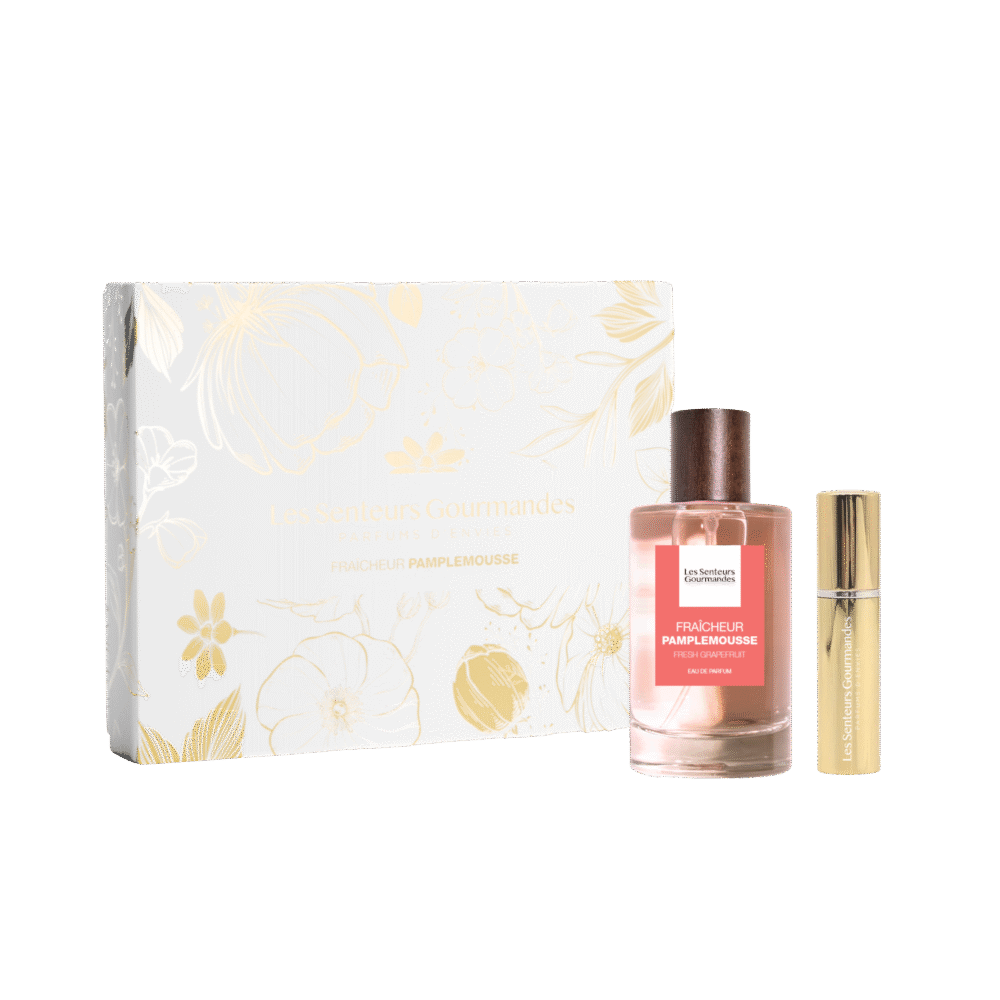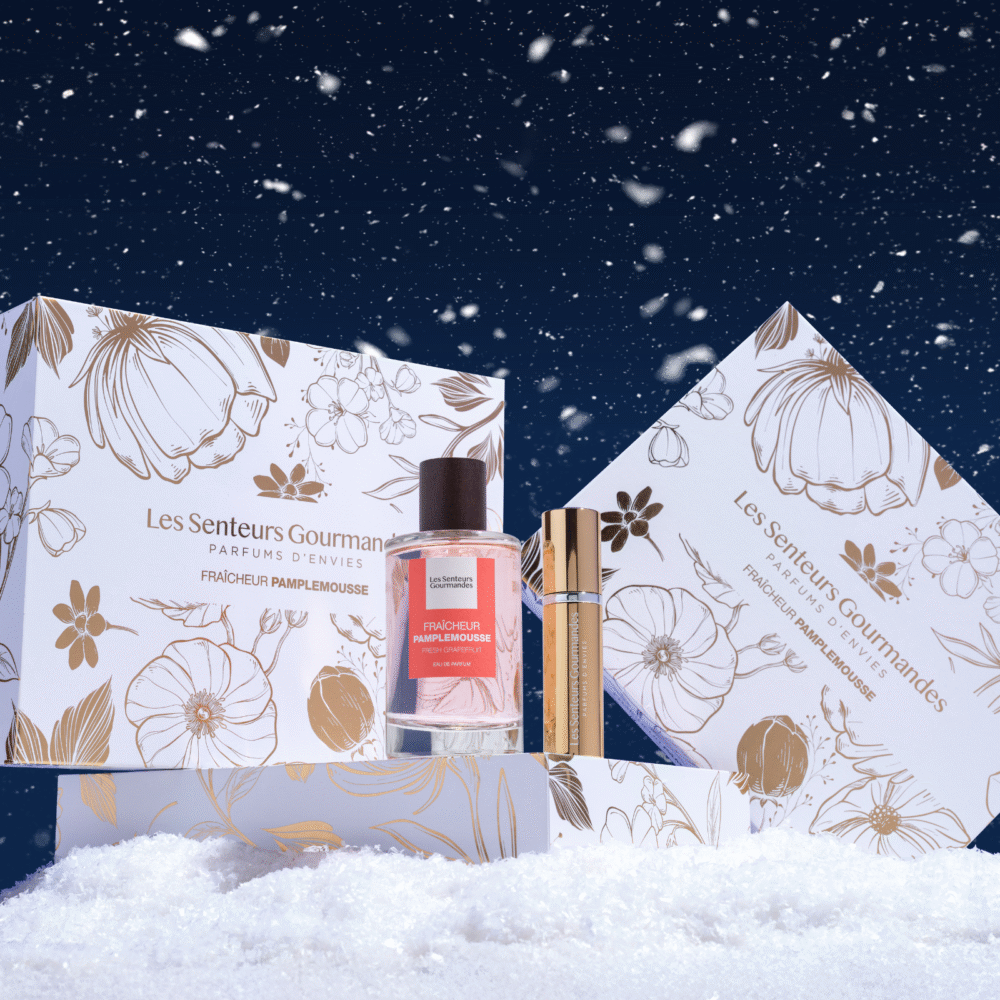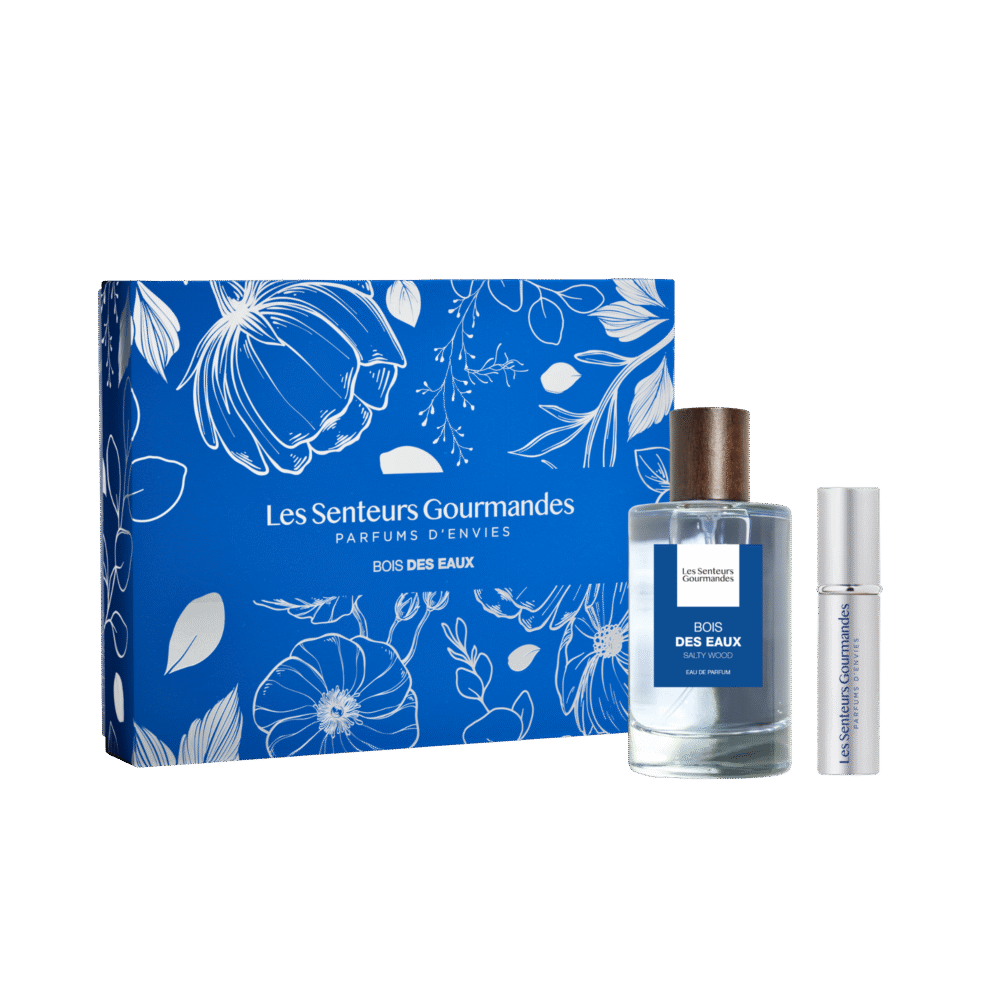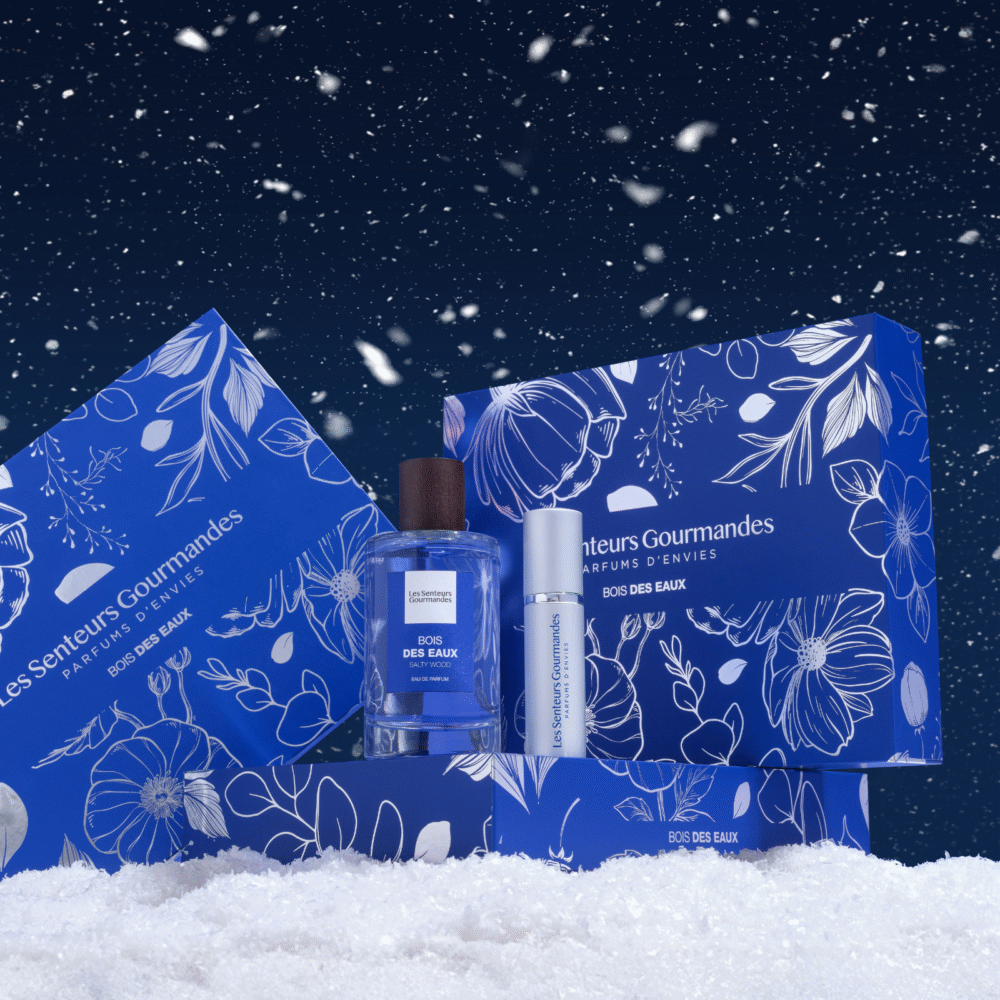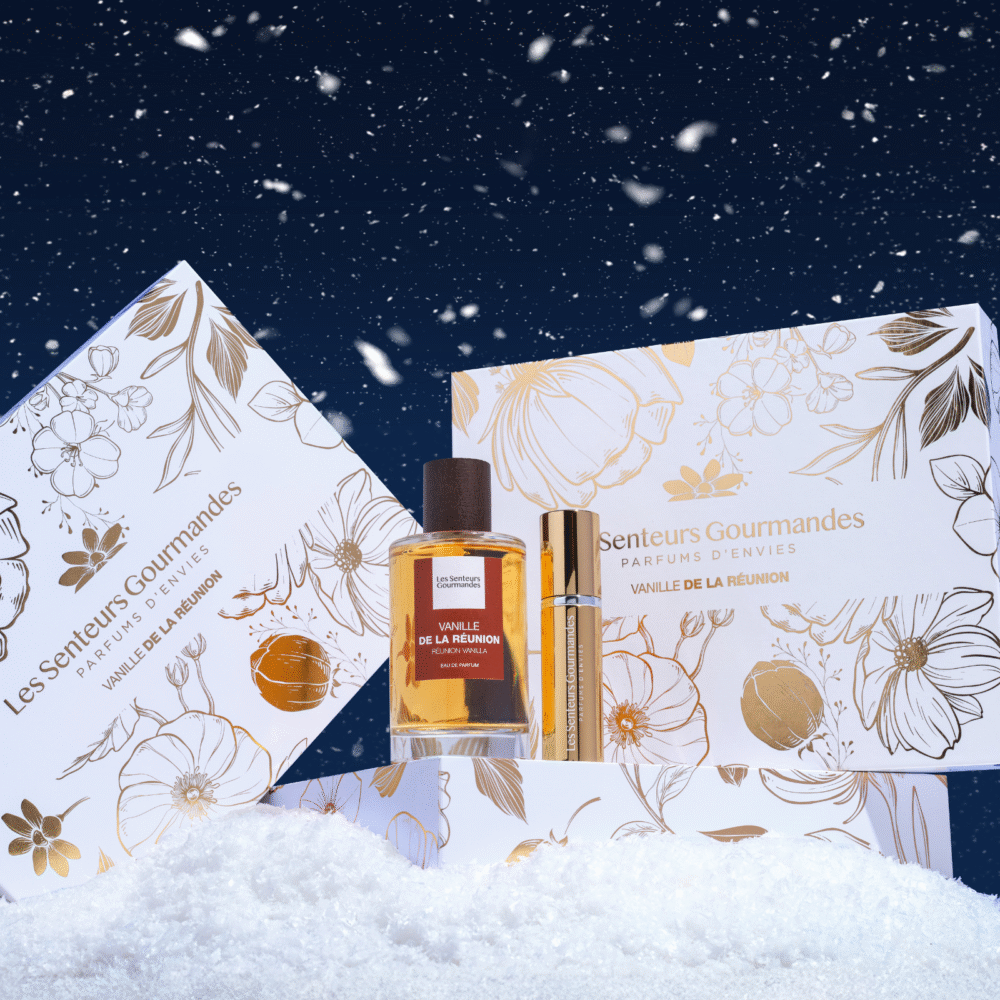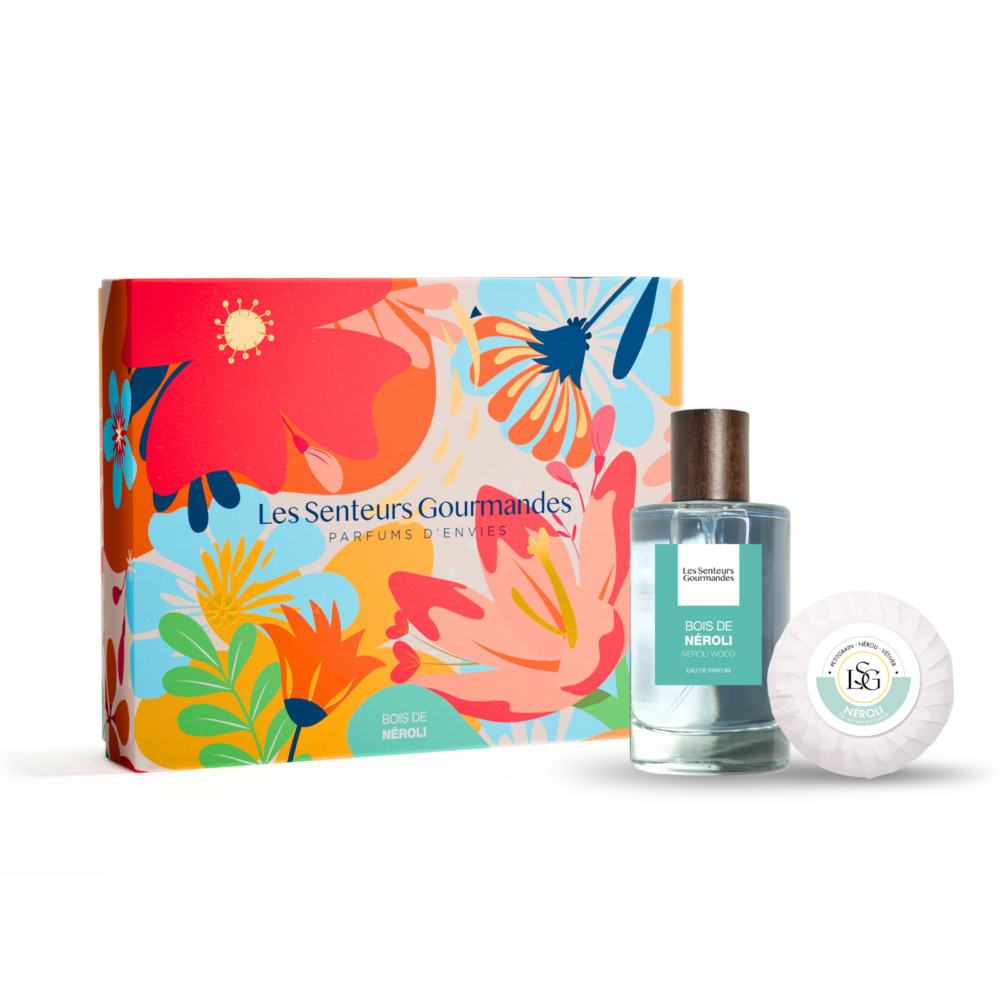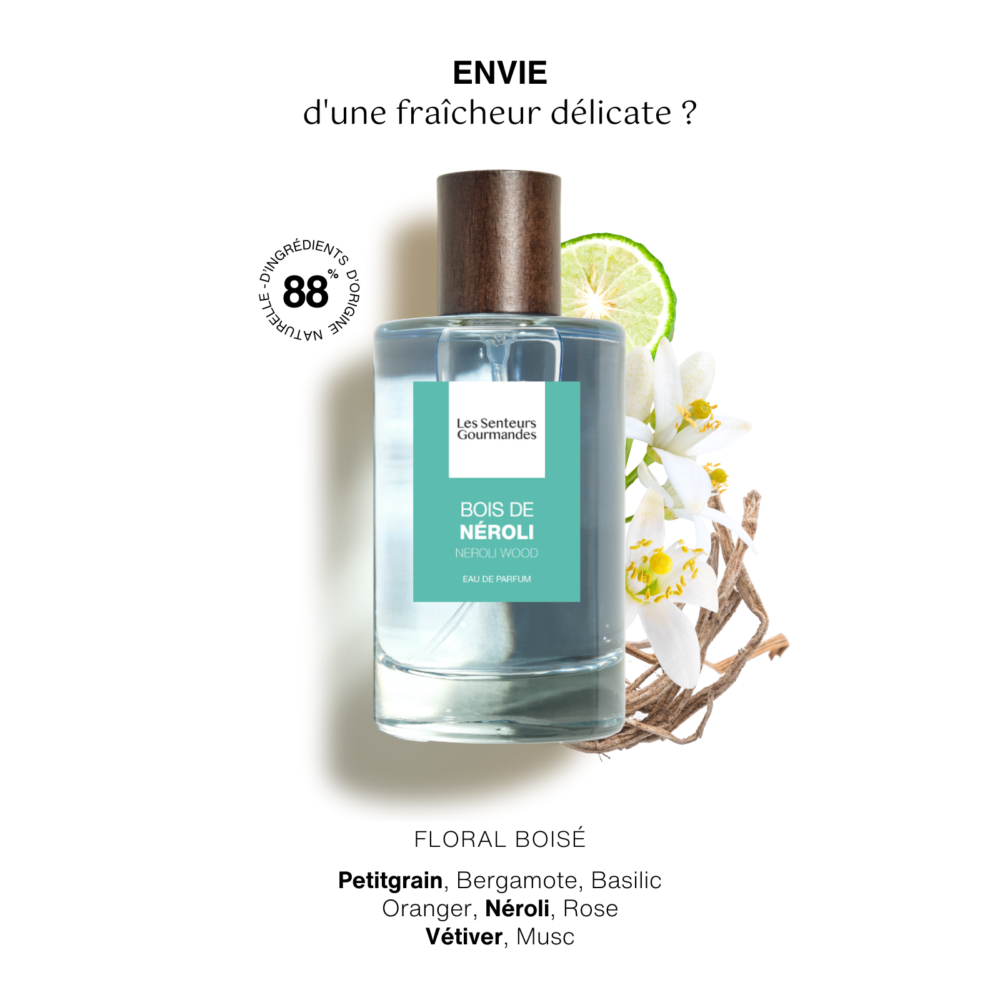Plus que avant une r�duction.
Your basket is currently empty !
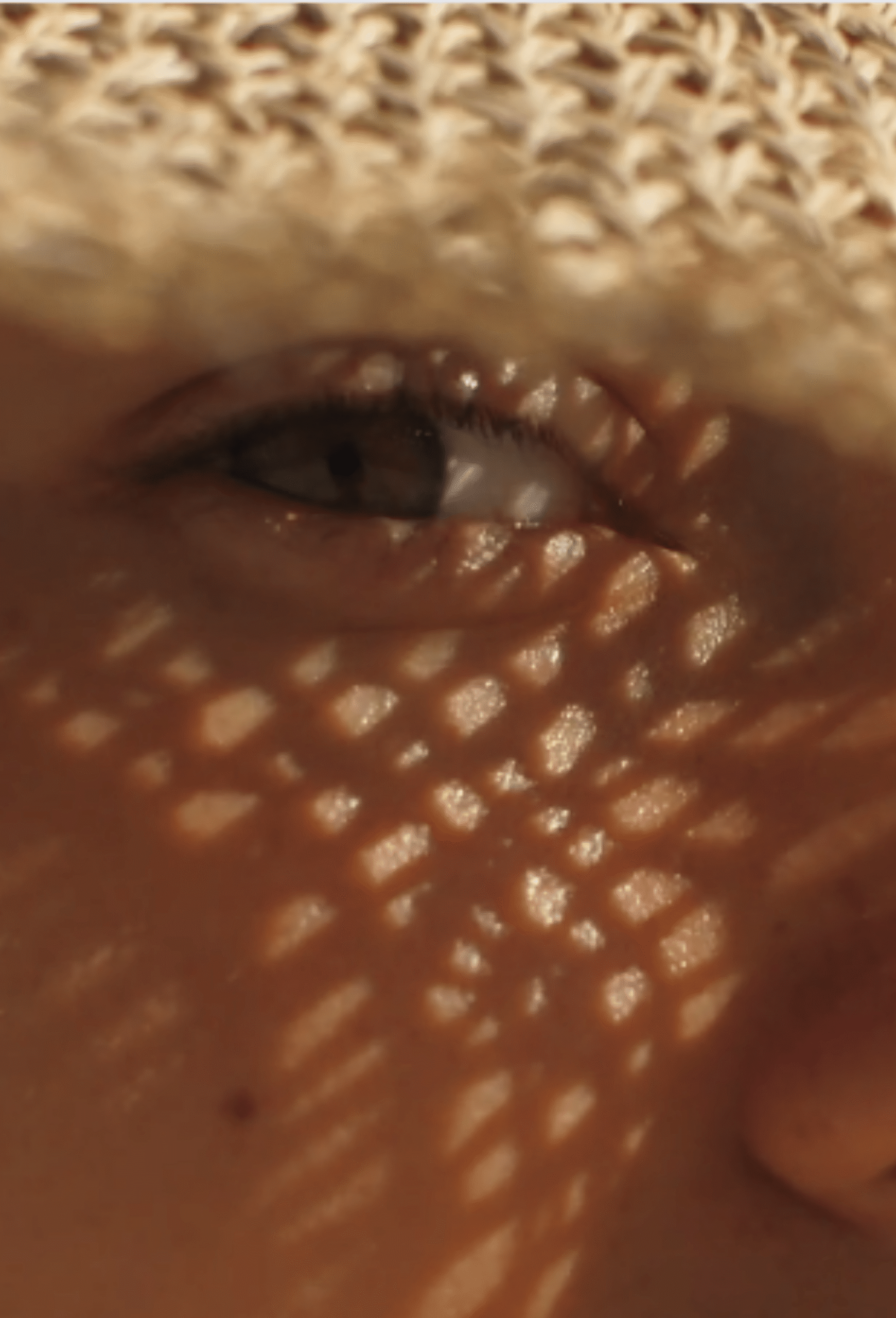
Have you ever tried to describe a perfume? If so, you’ve probably noticed how difficult it is to express the richness of a scent with words. Often, what comes to mind are terms like fruity, floral, warm, woody—adjectives that draw from our personal memories. However, describing a perfume can become much easier with the right method. That’s why Les Senteurs Gourmandes invites you today to discover an original and effective approach to better capture and express the essence of a perfume: the Chinese Portrait to describe a perfume.
Inspired by the traditional “game of riddles,” the Chinese Portrait was developed by René Alleau. Its principle is based on a series of questions such as, “If I were… I would be…”. This thought-provoking game allows you to transpose an idea or an object into another context to better define it. By using it in the form of a questionnaire, the Chinese Portrait helps categorize an element, allowing it to be described more precisely and originally. It can be applied to anything, and of course, to perfumes!
First, it’s important to determine what elements you want to associate with your perfume. These could be an animal, a color, a country, or even an item of clothing. Once you’ve made your list, simply smell your chosen perfume and assign a specific element to each category.
Let’s take the example of our Café Tonka Eau de Parfum. Here’s how we proceeded:
Now, you can analyze these associations to understand the very essence of the perfume. In the case of Café Tonka, we might say that it evokes a fresh, relaxed atmosphere inspired by a Parisian café terrace, with a touch of femininity and lightness thanks to the flowing dress. Additionally, the dynamic aspect of the cat and the comfort of the sneakers bring a sense of mobility and modernity. Thus, we could imagine that this perfume corresponds to a Parisian woman who is both active and chic.
However, it’s important to keep in mind that the perception of scents remains subjective. Therefore, if you smell Café Tonka, your own Chinese Portrait might be completely different from ours, which makes this method even more fascinating.
We invite you to share your own impressions in the comments. We’d love to discover how you’ve interpreted our perfumes. Feel free to share your creations with us!
